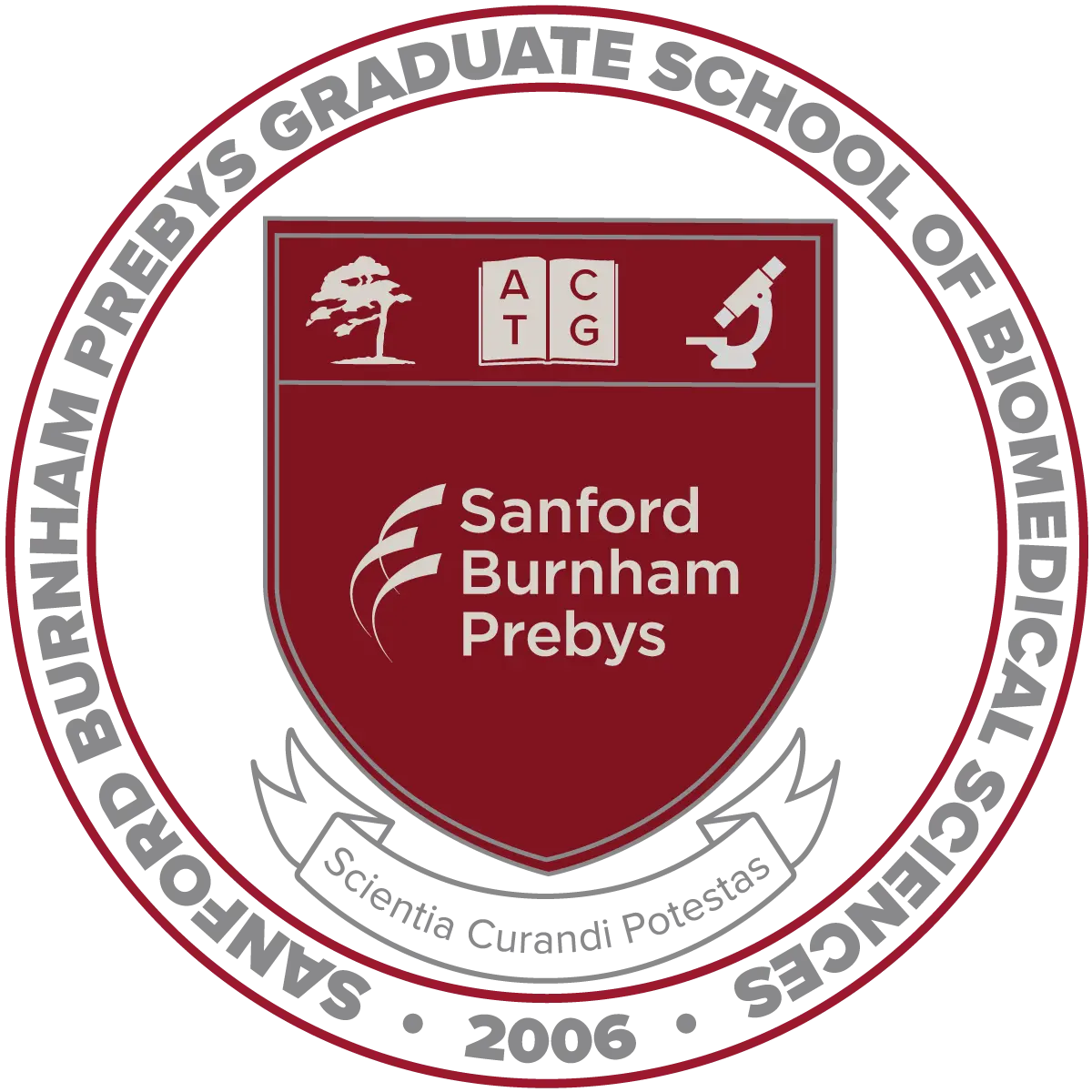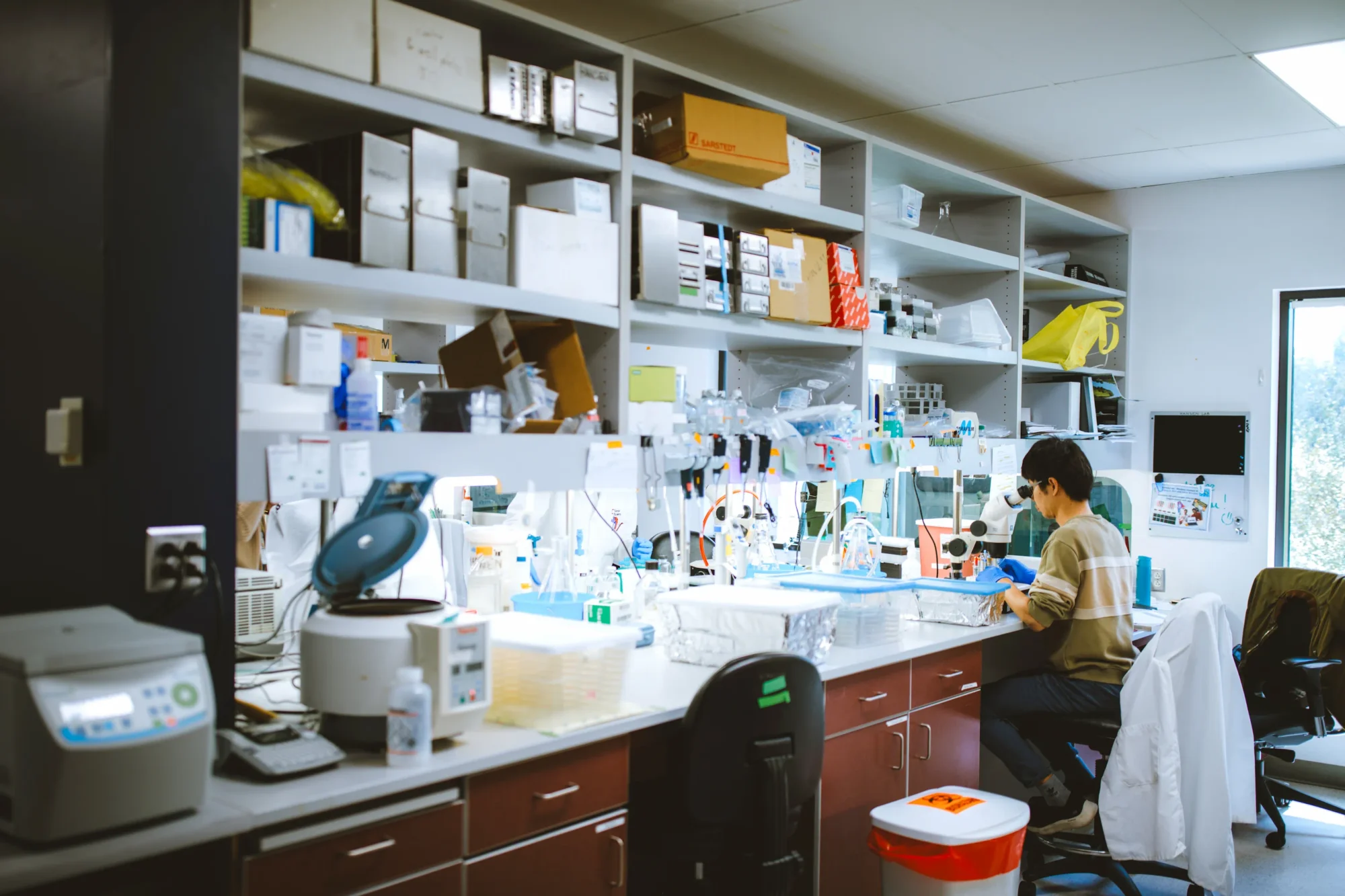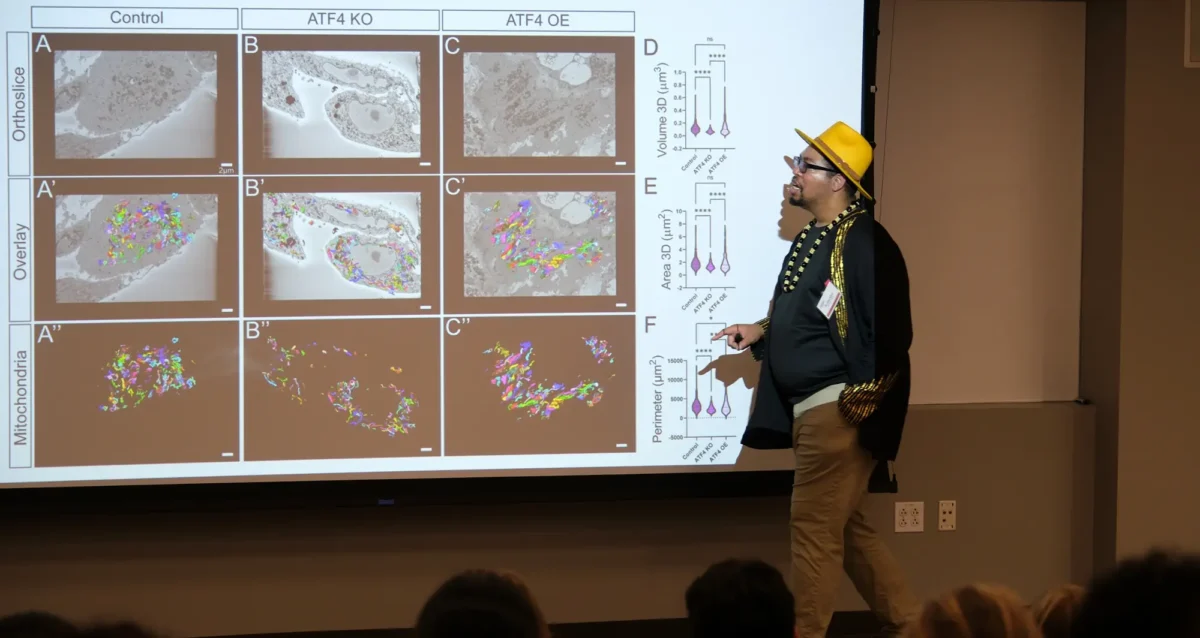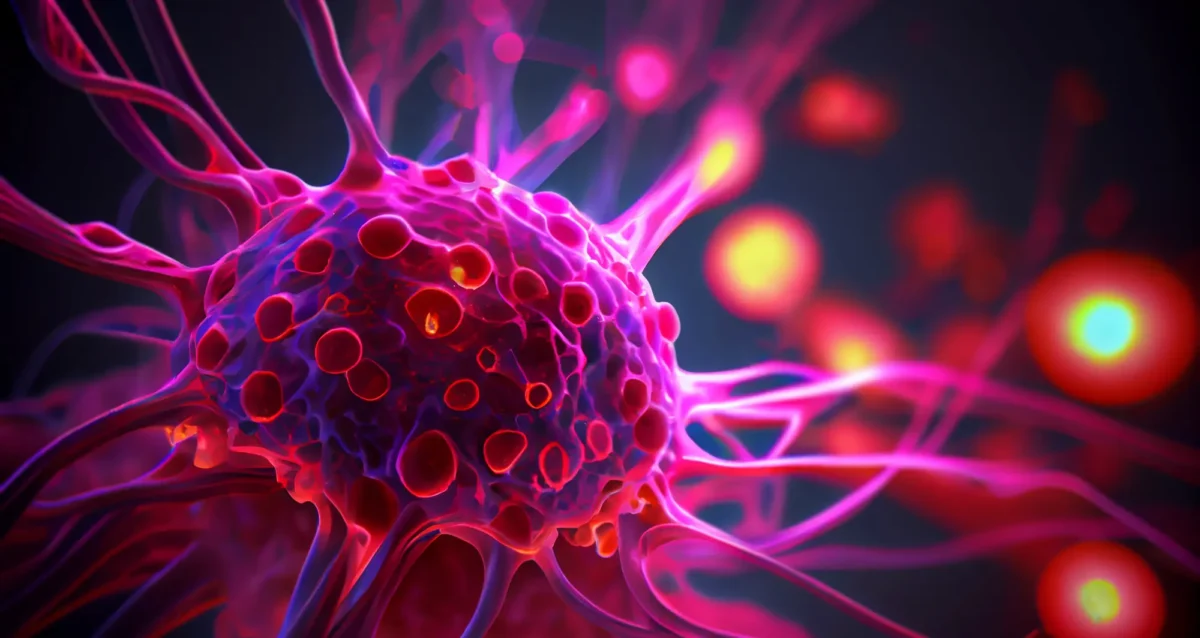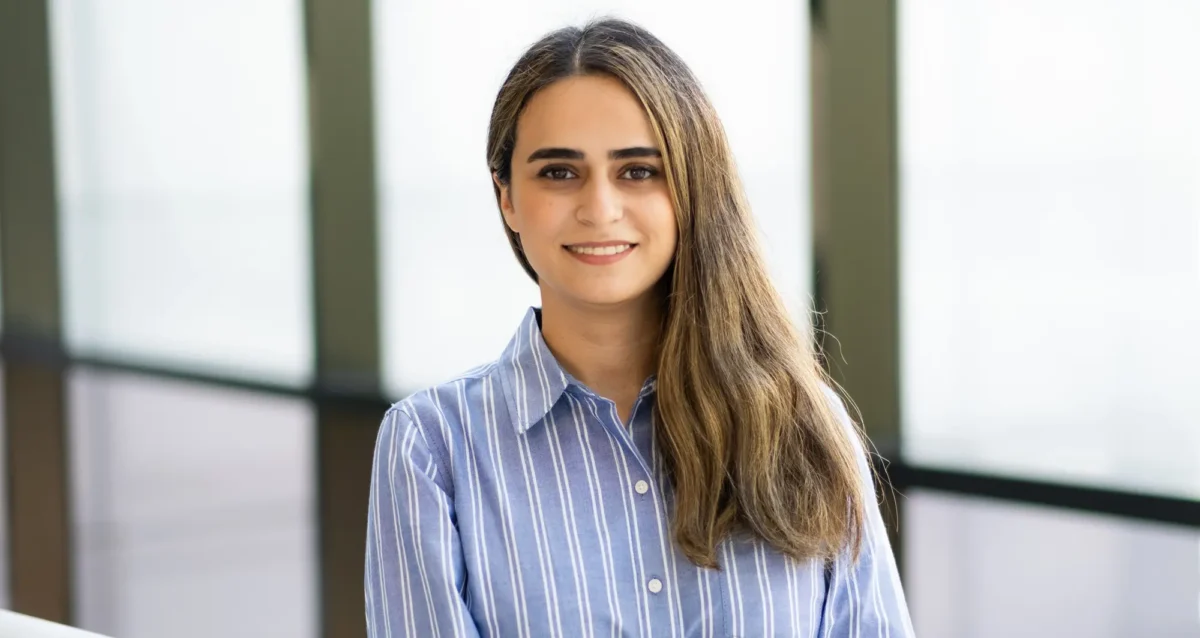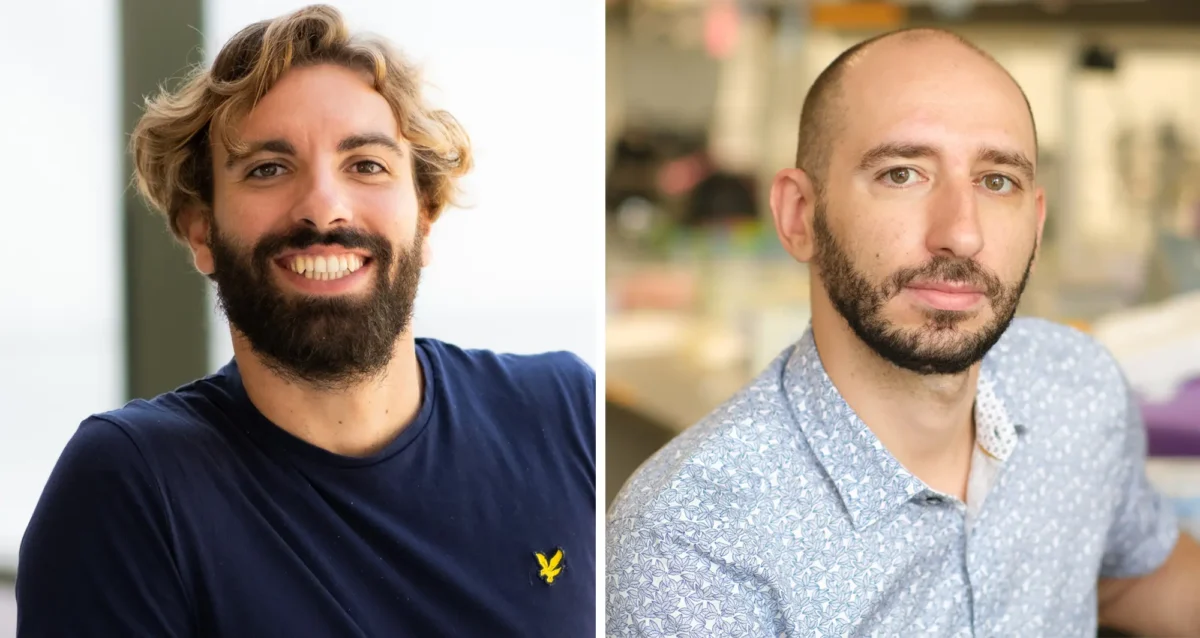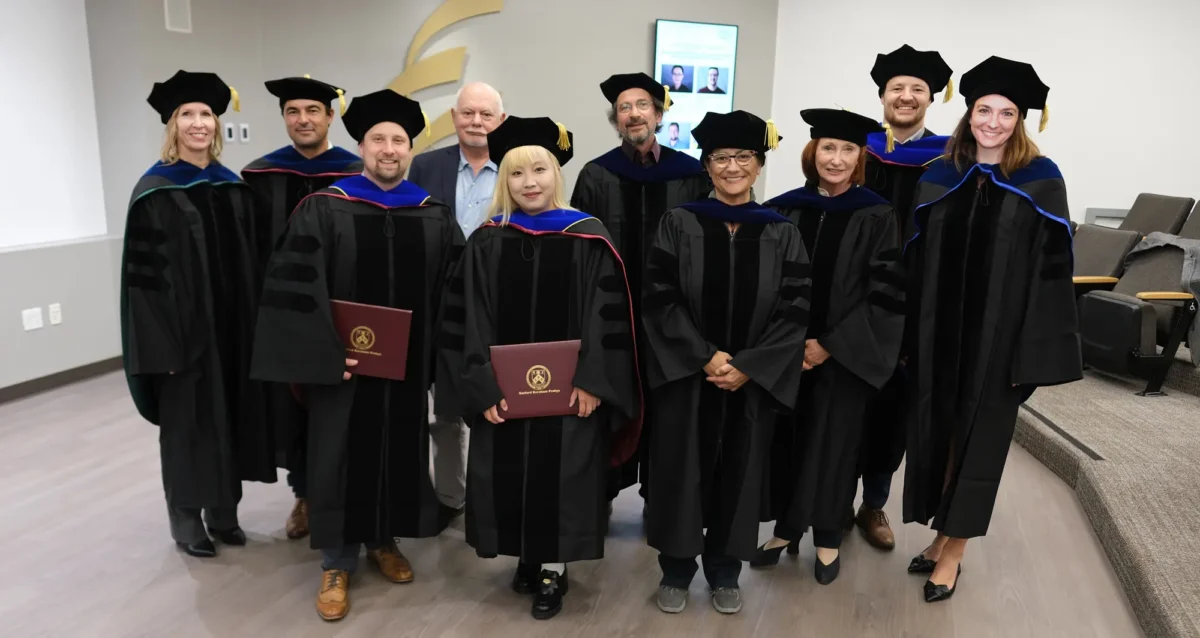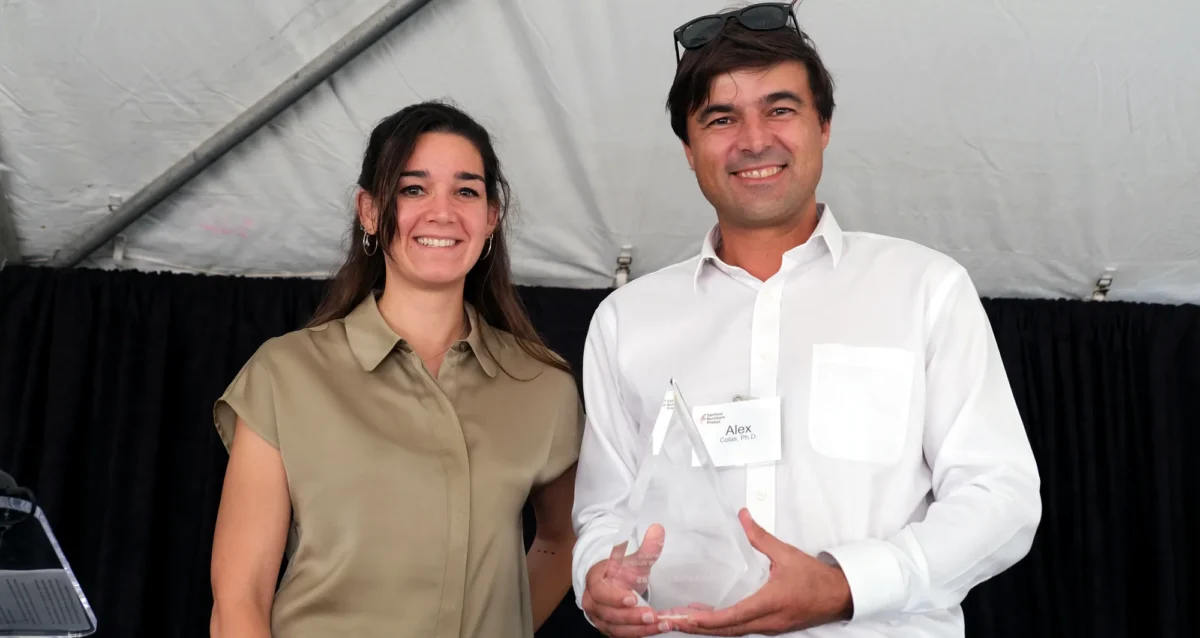Unparalleled Education Opportunities
Message from the Dean
Scientific discovery is a rewarding profession, and the future is now, as new generations of scientists are learning their trade during a time of emerging, innovative tools and technologies that are accelerating knowledge acquisition at unprecedented rates.
While Sanford Burnham Prebys’ reputation for excellence in basic biomedical research dates back to its founding in 1976, the Graduate Program in Biomedical Sciences is relatively young, established in 2006 to prepare new cadres of scientists to drive discovery.
Sanford Burnham Prebys’ Graduate School of Biomedical Sciences is founded on the Institute’s collaborative ethos. The program emphasizes our strengths in biomedical research and is supplemented by technologies developed here and elsewhere to accelerate breakthroughs in both thought and practice.
The great 16th century astronomer, engineer, physicist and polymath Galileo Galilei once said: “You cannot teach a person anything; you can only help them find it within.”
At Sanford Burnham Prebys, Galileo’s words reflect the didactic, tutorial and laboratory-based emphases of our graduate program, which is designed to provide students with a solid foundation in biomedical sciences while engaging in projects with our biological, chemistry, bioinformatics and engineering faculty and a specialized focus on main areas studied within a laboratory.
San Diego is renowned for both its scientific excellence and recreational opportunities. As a national and international hub for life sciences research, the region is home to numerous academic institutions and industry leaders. With a moderate year-round climate, pristine beaches to the west, and mountains and desert to the east, it’s an ideal place to live and learn. I encourage you to explore these pages to discover why pursuing science and graduate education at Sanford Burnham Prebys could be the right choice for you.
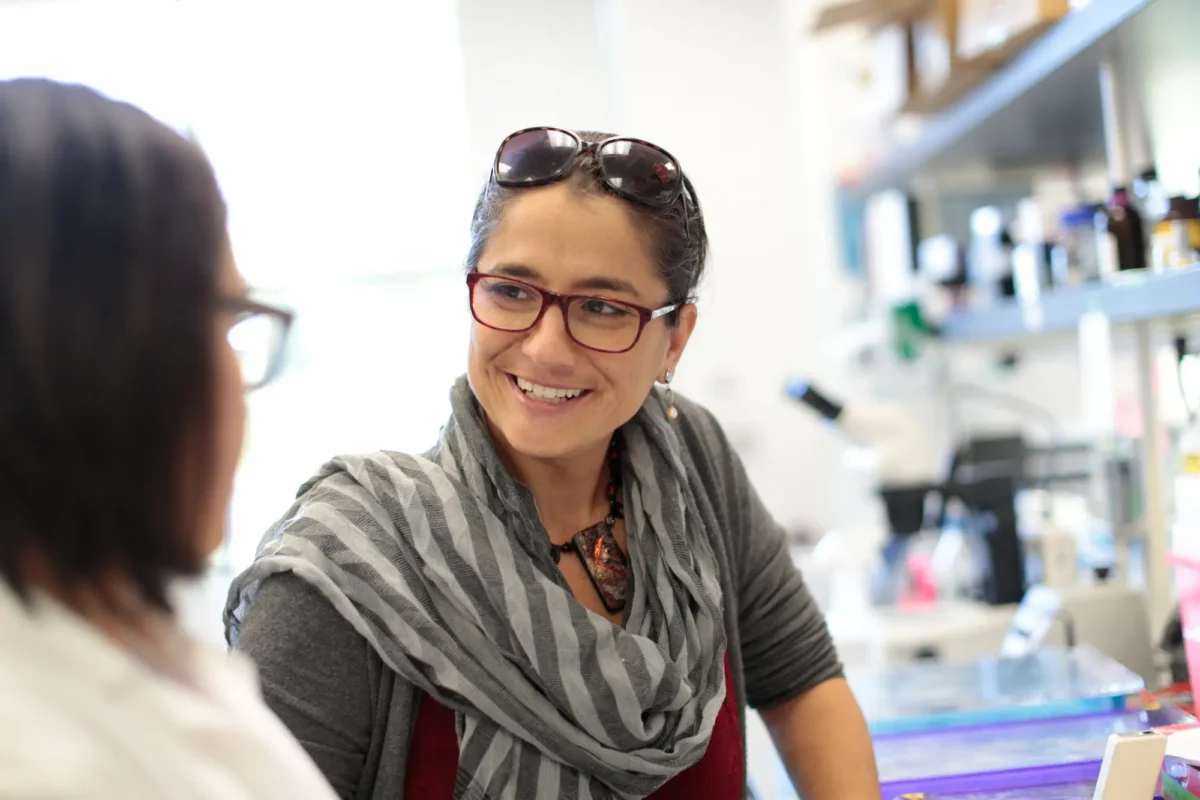
Alessandra Sacco, PhD
Professor and Dean, Graduate School of Biomedical Sciences
Our Mission and Vision
Mission
We educate students to become the innovative biomedical scientists of the future.
Vision
With state-of-the-art technology, an entrepreneurial mindset and a highly personalized program, we are dedicated to educating the next generation of outstanding biomedical scientists who will drive future cutting-edge basic and translational research.
Graduate School Leadership
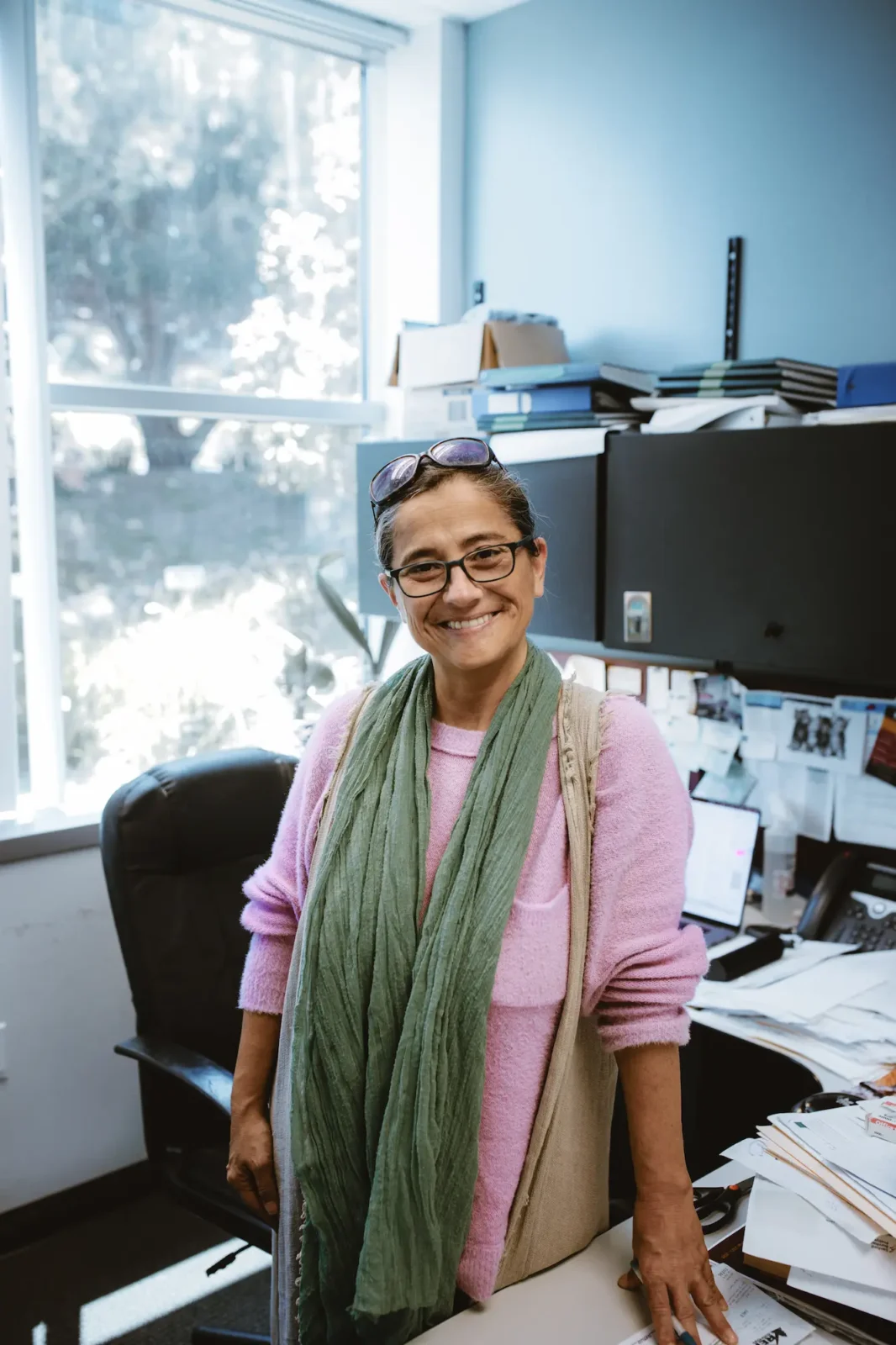
Alessandra Sacco PhD
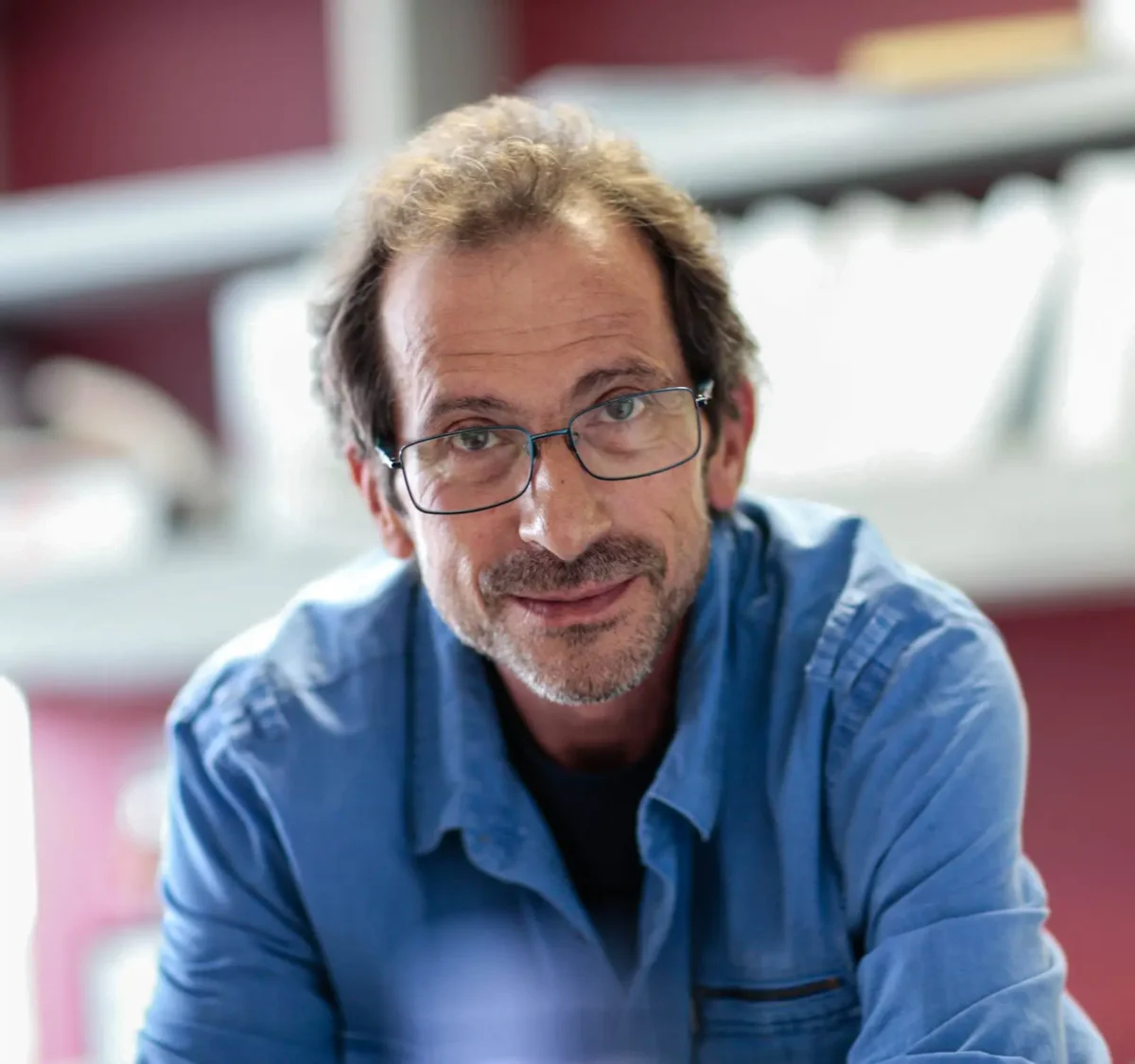
Andrei Osterman PhD
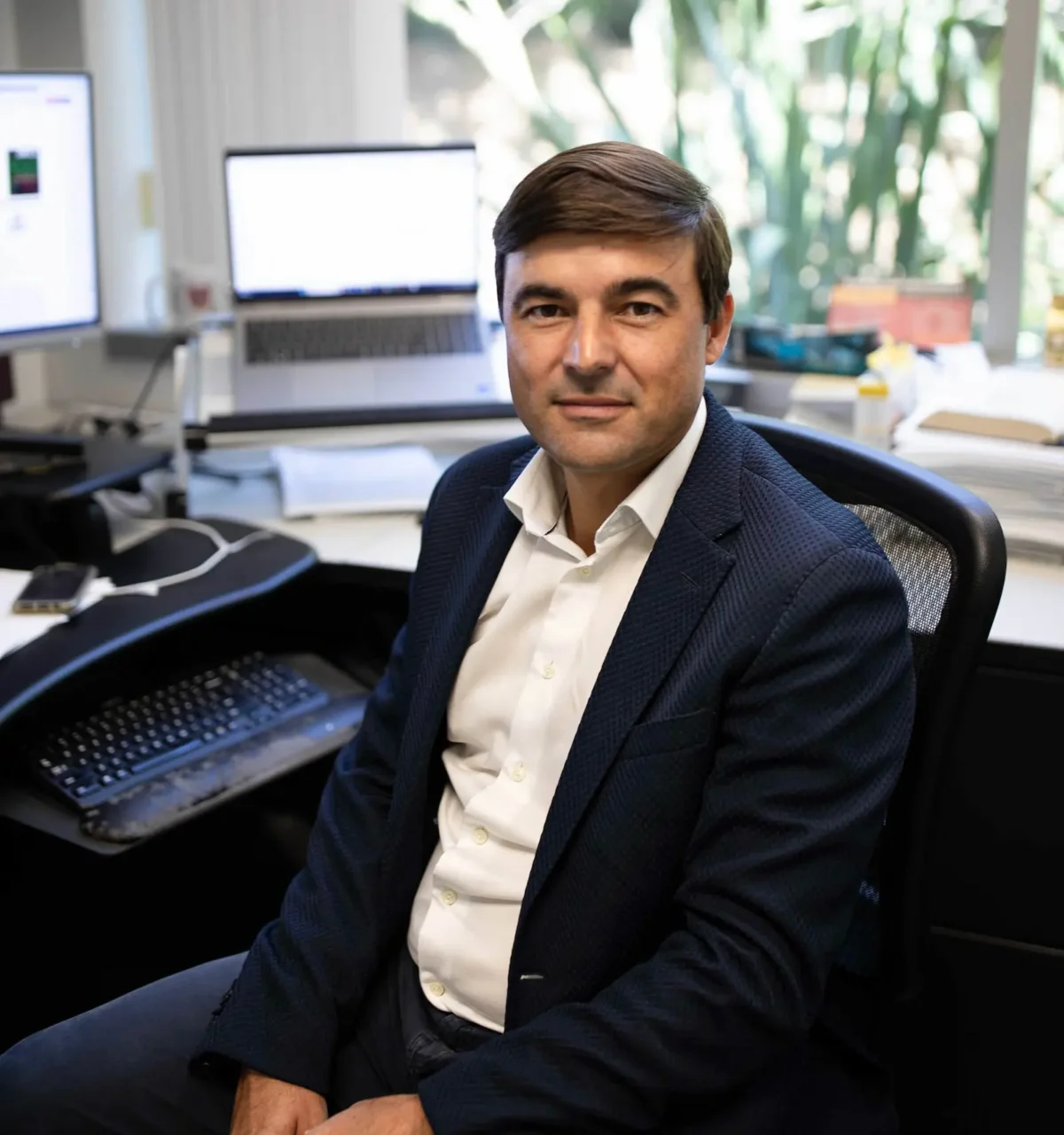
Alexandre Colas PhD
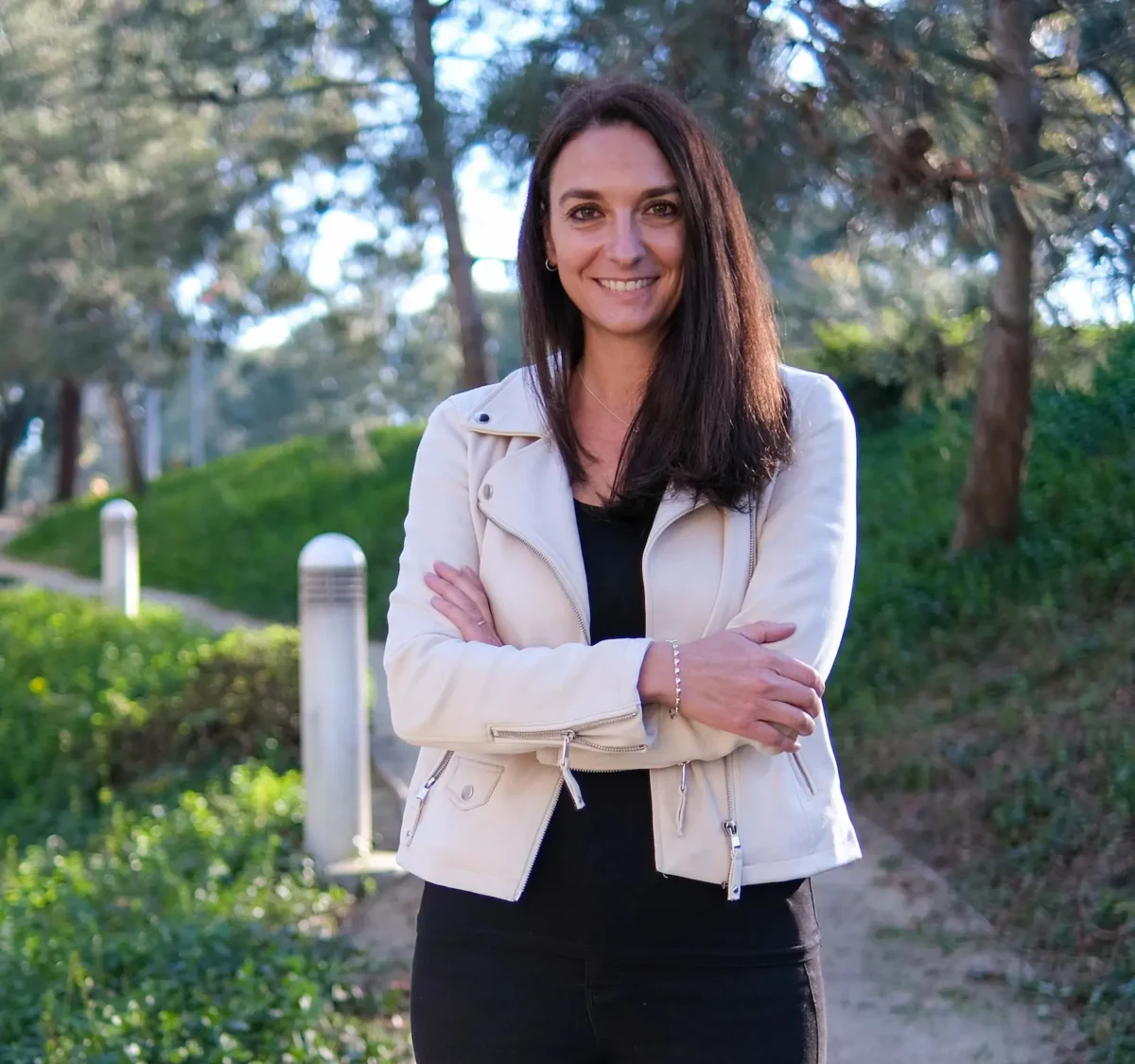
Caroline Kumsta PhD

Diane Klotz PhD
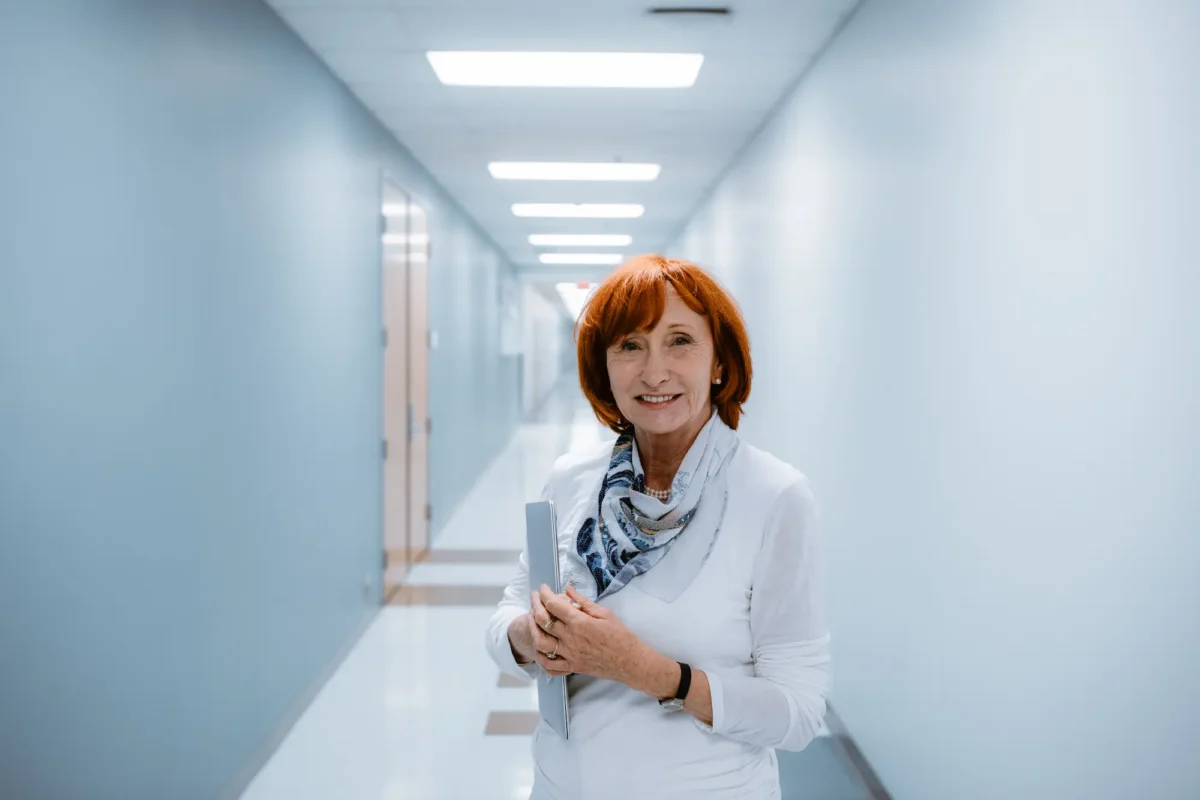
Barbara Ranscht PhD
Graduate School Administrative Team
Angelica Rocha, PhD
Associate Director, Institutional Research and Academic Planning
Megan Elyamani
Academic Program Specialist and Registrar
Sara Sandoval
Recruiting and PhD Pathway Programs Manager
You can contact the Graduate School Administrative Team at gsbs@sbp.edu.
Learning and Development Team
Nisha Cavanaugh, PhD
Associate Director, Career Development and Postdoctoral Programs
Nicole Villa
Program Coordinator
You can contact the Training team at oetis@sbpdiscovery.org.
Latest News
Graduate School of Biomedical Science
Accreditation

The Graduate School of Biomedical Sciences is accredited by the WASC Senior College & University Commission.
